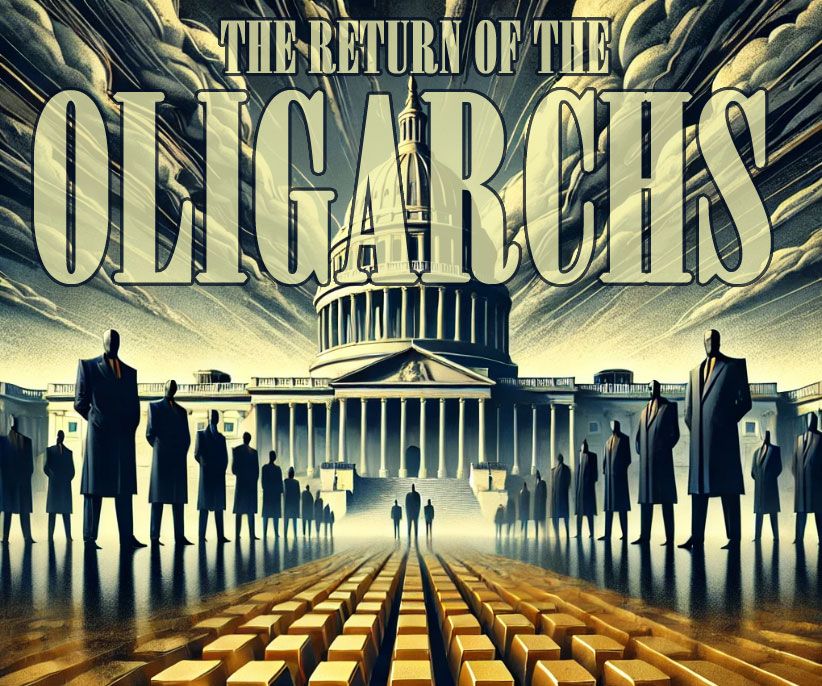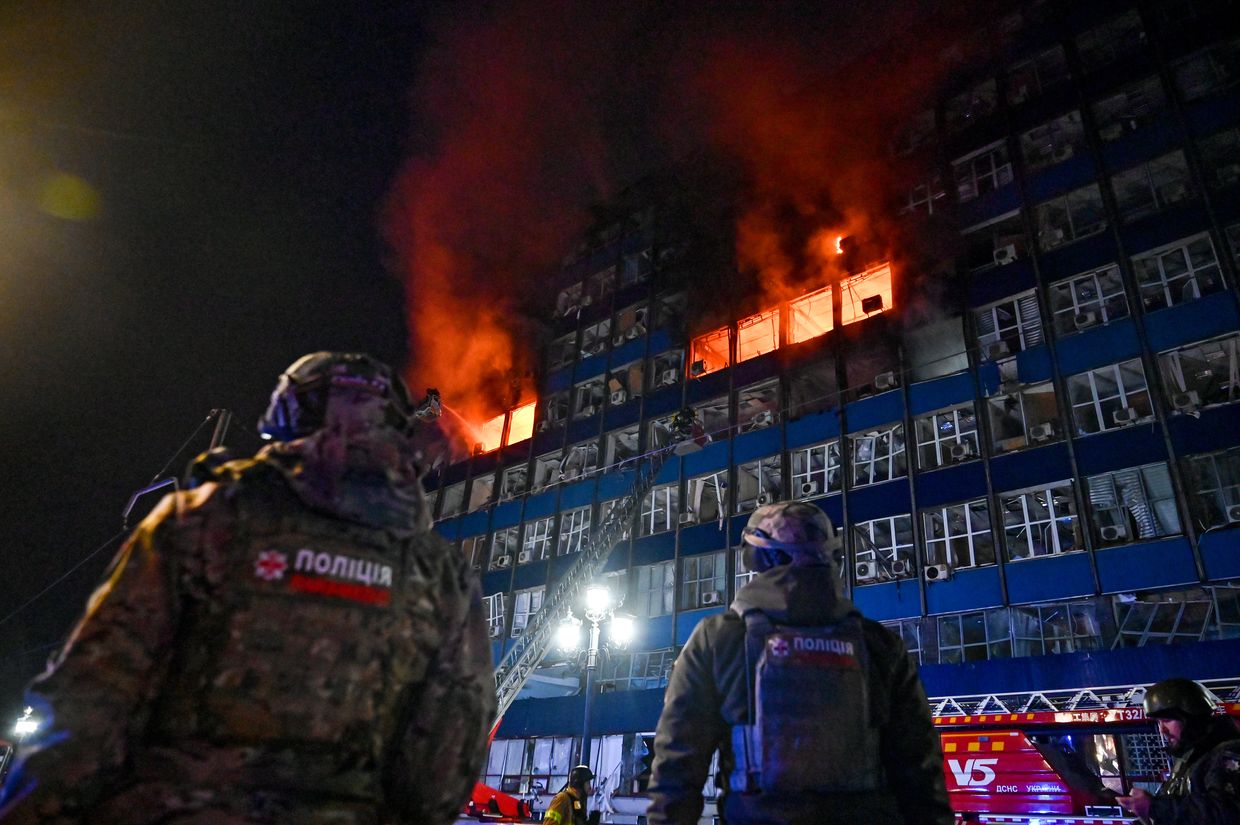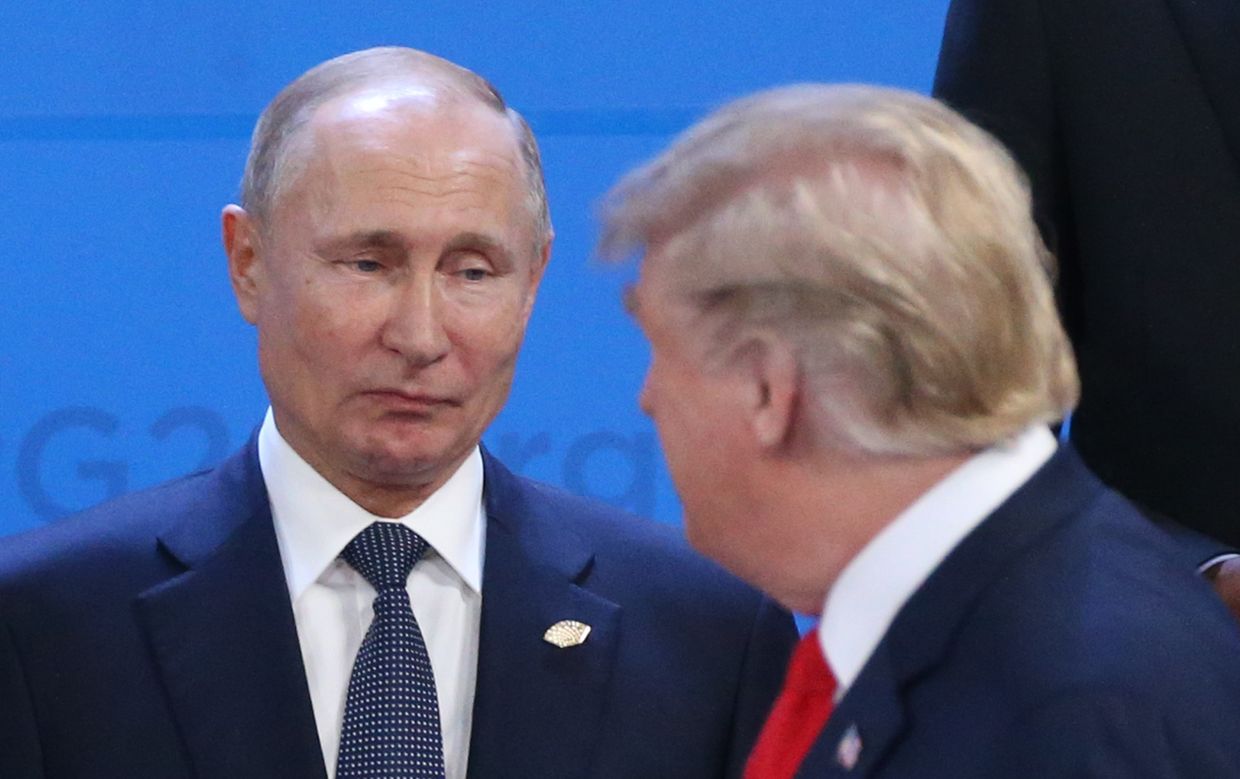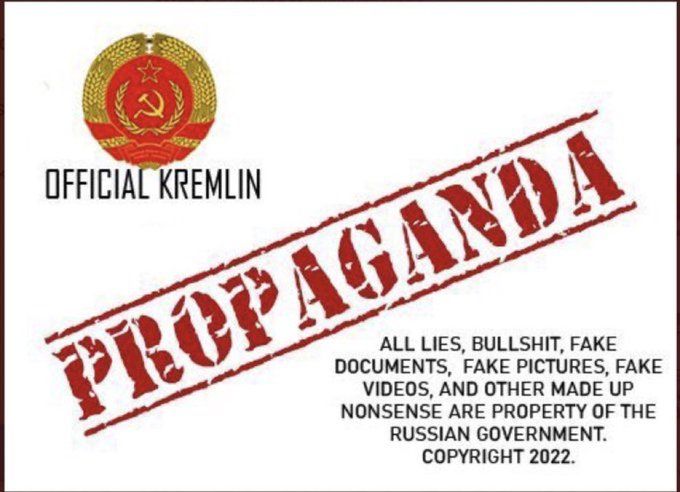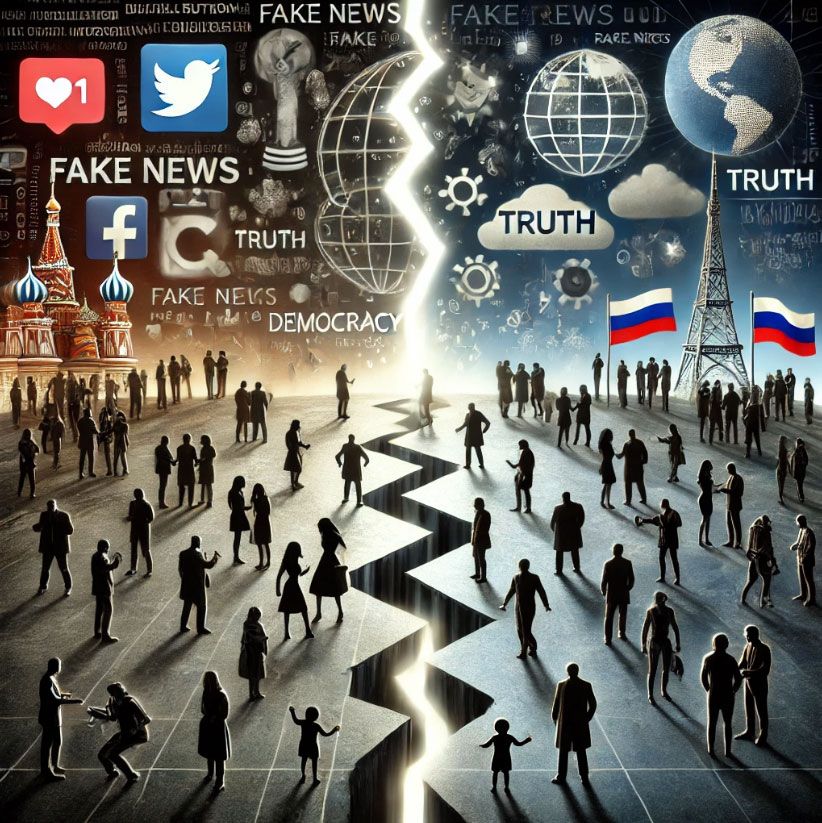Trump and the Modern Oligarchs
Trump’s administration reflects several hallmarks of oligarchic rule: concentration of power among the wealthy, erosion of institutional norms, and policies that disproportionately benefit elites.
For instance, tax reforms during his first term, such as the 2017 Tax Cuts and Jobs Act, heavily favored corporations and the wealthiest individuals, widening income inequality. His use of executive orders to bypass traditional legislative processes further highlighted an erosion of institutional norms.
Additionally, regulatory rollbacks in industries like energy and finance disproportionately benefited corporate interests while weakening oversight mechanisms.
His key allies—a mix of corporate magnates, media influencers, and entrenched political figures—represent a nexus of wealth and influence rarely seen in modern democratic governance.
The backdrop of this resurgence includes widening income inequality, cultural polarization, and distrust in traditional institutions—a perfect storm for oligarchic consolidation.
Historical Parallels: Oligarchies and Their Societal Outcomes
1. Ancient Rome: The Late Republic (1st Century BCE)
The late Roman Republic saw power concentrated in the hands of oligarchs like Julius Caesar, Crassus, and Pompey.
Caesar used his private armies to conquer Gaul and secure immense wealth, while Crassus’s financial empire and connections allowed him to dominate political proceedings. Pompey leveraged his military successes and alliances with the Senate to expand his influence.
Together, their competition and exploitation of institutional weaknesses destabilized the republic, paving the way for its eventual collapse and the rise of imperial rule under Augustus.
These elites controlled the republic’s institutions by leveraging their immense wealth to influence elections, maintain private armies, and sway public opinion, further destabilizing the fragile political balance. The result was the collapse of the republic and the rise of an imperial system under Augustus.
This shift marked the end of representative governance and the start of authoritarian rule.
- Key Lesson: When elites prioritize personal gain over institutional stability, democracies crumble.
- Relevance to 2025: Like Rome, America faces deep inequality and institutional fragility, ripe conditions for oligarchic dominance.
2. The Gilded Age in America (Late 19th Century)
The Gilded Age was characterized by immense wealth concentrated in figures like Rockefeller, Carnegie, and Morgan. Rockefeller's Standard Oil monopolized the oil industry, using ruthless business tactics and political lobbying to crush competitors.
Carnegie's control of the steel industry was accompanied by significant influence over labor laws and infrastructure projects, while Morgan’s banking empire shaped monetary policy and stabilized financial markets during crises, often to his own benefit. These actions ensured their dominance in both the economy and political decision-making processes.
For instance, Rockefeller's Standard Oil not only influenced legislation but also shaped public infrastructure through monopolistic practices. Carnegie's philanthropy masked his resistance to labor reforms, while Morgan’s financial interventions often came at a cost to smaller competitors.
Together, these figures epitomized the oligarchic control that defined the era. These “robber barons” wielded outsized influence over politics, using their wealth to shape policy and suppress labor movements.
Public outcry eventually led to the Progressive Era, which implemented antitrust laws and labor protections.
- Key Lesson: Concentrated wealth can dominate politics but also spark reform movements.
- Relevance to 2025: A potential backlash against Trump’s policies could mirror the Progressive reforms of the early 20th century.
3. Weimar Germany and the Nazi Rise (1933)
Germany’s aristocrats and industrialists supported Hitler’s rise, believing they could control him to protect their interests.
Key industrialists, such as Gustav Krupp and Fritz Thyssen, provided financial support and resources to the Nazi Party, while major businesses benefited from Hitler’s anti-communist stance. Policies like the suppression of labor unions and rearmament programs ensured their continued dominance in the economy.
However, this alliance ultimately empowered Hitler to consolidate authoritarian power, sidelining the very elites who had facilitated his rise. Instead, their backing enabled the consolidation of authoritarian power, with catastrophic consequences for Germany and the world.
This dynamic highlights the risks of elite complicity in the rise of populist autocrats, a pattern echoed in modern contexts where oligarchic support can erode democratic norms.
For example, recent trends in the U.S. have shown how corporate lobbying and media influence can amplify authoritarian tendencies, drawing unsettling parallels to historical precedents.
- Key Lesson: Alliances between elites and populists can destabilize societies and lead to authoritarianism.
- Relevance to 2025: Trump’s populist appeal, backed by elite resources, poses a similar risk of democratic erosion.
4. Post-Soviet Russia (1990s-2000s)
Following the collapse of the Soviet Union, Russian oligarchs amassed vast fortunes and heavily influenced politics under Boris Yeltsin.
Through the controversial privatization programs of the 1990s, key figures like Boris Berezovsky and Roman Abramovich gained control of major industries such as oil, gas, and media. These oligarchs leveraged their economic dominance to shape policy, including supporting Yeltsin’s reelection campaign in 1996 through financial backing and media manipulation.
Their influence created a system where wealth equated to political power, laying the groundwork for Vladimir Putin’s later centralization of authority.
Vladimir Putin later centralized power, creating an oligarchic authoritarian state that suppressed dissent and undermined democratic norms.
He achieved this through tactics such as controlling major media outlets, imprisoning political opponents like Alexei Navalny, and enacting laws that restricted protests and civil society organizations.
These measures ensured the dominance of his regime while stifling any meaningful opposition.
- Key Lesson: Unchecked oligarchic power can pave the way for enduring authoritarianism.
- Relevance to 2025: Trump’s consolidation of elite power risks entrenching oligarchic influence in American governance.
Patterns and Implications
Across these historical examples, several recurring patterns emerge:
- Institutional Decay: Oligarchic systems erode checks and balances, prioritizing elite interests over democratic principles.
- Public Discontent: Societies often respond with populist movements or reforms, though not always successfully.
- Economic Polarization: Wealth concentration stifles innovation and creates economic instability.
- Authoritarian Drift: Oligarchic dominance often leads to autocratic governance as elites consolidate power.
What Lies Ahead for America?
Based on these historical parallels, the Trump administration’s trajectory could unfold in several ways:
- Short-Term (2025-2026): Increased polarization, rollback of regulations, and policies favoring elite interests.
- Medium-Term (2027-2030): Potential grassroots resistance, resembling Progressive Era reforms or New Deal-style movements.
- Long-Term: Entrenchment of oligarchic rule or a revitalized push for democratic accountability, depending on societal responses.
Conclusion
The swearing-in of Trump and his team in 2025 represents more than just a political shift—it’s part of a larger historical trend of oligarchic consolidation.
Whether America follows the path of Rome’s collapse, Germany’s authoritarian descent, or the Progressive Era’s reforms depends on how institutions and citizens respond to this moment.
History offers stark warnings but also hope: the outcomes are not predetermined, and collective action can still shape a different future.
Sources and Further Reading
- Beard, Charles A. An Economic Interpretation of the Constitution of the United States. 1913. Project Gutenberg.
- Levin, Yuval. A Time to Build: From Family and Community to Congress and the Campus. Basic Books, 2020.
- Polybius. The Histories. Loeb Classical Library.
- Fukuyama, Francis. Political Order and Political Decay. Farrar, Straus and Giroux, 2014.
- Piketty, Thomas. Capital in the Twenty-First Century. Belknap Press, 2013.
- Shermer, Michael. The Moral Arc. Henry Holt, 2015.
Want to help a budding grassroots initiative get off the ground? Buy us some coffee or get a two bucks membership. It really helps.
Support our efforts:
Get a two bucks membership here: https://buymeacoffee.com/nafoforum
Support our on-going fundraiser here: https://www.gofundme.com/f/support-disinformation-education-public-education-forum
We have a Patreon - still in construction - here: https://www.patreon.com/c/PublicEducationForum
When all else fails - get a shirt here: https://www.bonfire.com/store/nafo-forum-shop/


